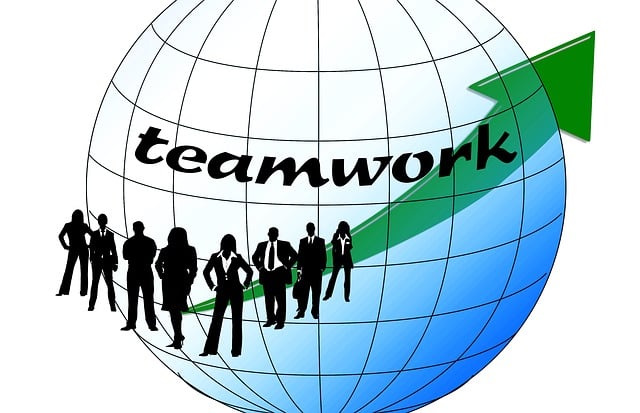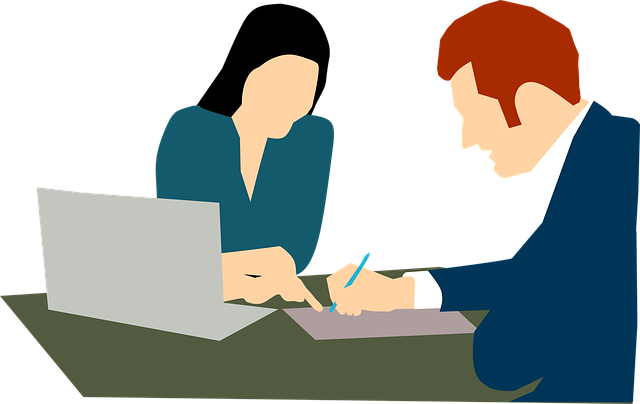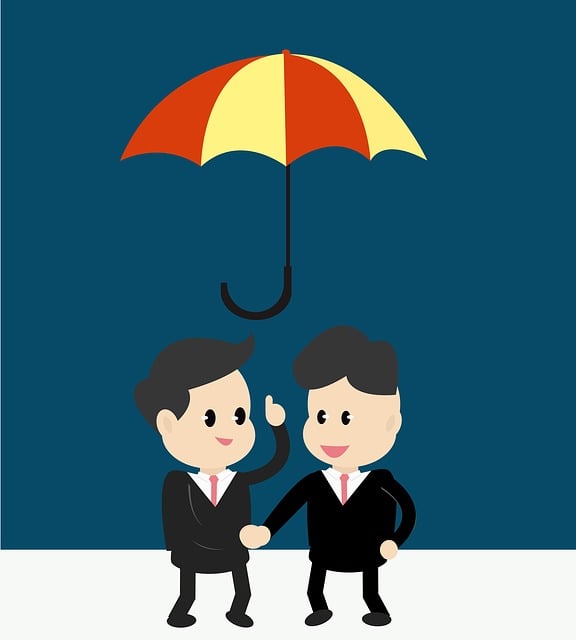Liability insurance is a crucial component of vehicle ownership, protecting against financial burdens arising from accidents by covering medical expenses and legal costs. It includes two main types: bodily injury liability for personal injuries and property damage liability for property repairs/replacements. Comprehensive policies also offer Uninsured/Underinsured Motorist Protection and Medical Payments coverage. Understanding these protections is vital for tailoring auto insurance to individual needs, ensuring financial security during potential risks on the road. Insurers assess hazards and claims history to price policies appropriately, managing claims efficiently and resolving them promptly. When selecting a policy, consider legal minimums, personal assets, driving history, and vehicle type for tailored protection against unexpected financial calamities.
Auto Liability Protection is an essential aspect of responsible vehicle ownership, offering crucial coverage against unforeseen accidents and their financial consequences. This comprehensive guide delves into the intricacies of liability insurance, explaining why it’s indispensable for every driver. We explore different coverage options, how these policies mitigate risks, and their role in post-accident claims management.
From understanding policy mechanics to selecting tailored plans, this article equips readers with knowledge to make informed decisions regarding their liability insurance needs.
Understanding Auto Liability Protection: A Comprehensive Overview

Auto Liability Protection, a crucial aspect of vehicle ownership, refers to insurance that covers damages caused by accidents involving your car. This includes both bodily injury and property damage claims against you. Liability Insurance plays a pivotal role in shielding you from significant financial burdens, as medical expenses and legal costs can mount quickly in the event of an accident. It also provides compensation for the victims of your insured incidents, ensuring fairness and accountability.
Comprehensive Liability Insurance policies are designed to protect against a wide range of potential risks. They typically include Uninsured/Underinsured Motorist Protection, which covers situations where the at-fault driver lacks adequate insurance or none at all. Additionally, these policies may offer Medical Payments coverage for immediate medical expenses at the scene and other perks tailored to specific needs. Understanding these protections is essential for making informed decisions about your auto insurance, ensuring you’re prepared for the unexpected on the road.
Why Is Automobile Liability Insurance Necessary?

Liability insurance is an essential component of responsible vehicle ownership, offering protection against potential financial burdens that may arise from accidents or other incidents involving your car. In today’s world, where motor vehicle accidents are a common occurrence, this type of insurance serves as a safety net, shielding you from significant costs associated with damages to others’ property or injuries they sustain.
Without liability insurance, a single accident could lead to substantial legal liabilities and financial strain. It protects you from the risk of being held legally responsible for medical bills, repairs, or even legal fees in the event of a claim. This coverage is crucial, especially considering the rising costs of healthcare and potential lawsuits, ensuring that you remain financially secure and are not left with overwhelming debts should an unforeseen event occur.
Different Types of Coverage: Uncovering the Layers of Protection

Liability insurance is a crucial component of any comprehensive auto coverage, offering protection against financial losses arising from accidents and legal liabilities. The various types of liability coverage are designed to safeguard drivers in different scenarios, providing multiple layers of protection.
One key aspect is the distinction between bodily injury liability and property damage liability. Bodily injury liability insures against claims for medical expenses and other damages incurred by injured parties in an accident caused by the policyholder. On the other hand, property damage liability covers the cost of repairing or replacing property damaged as a result of a vehicular incident. Understanding these coverage types is essential when tailoring auto liability protection to individual needs, ensuring adequate financial safeguard against potential risks on the road.
How Does Liability Insurance Work in Motor Vehicle Accidents?

Liability insurance plays a pivotal role in safeguarding individuals and businesses from financial burdens stemming from motor vehicle accidents. When you’re involved in a collision, this type of insurance steps in to cover the costs associated with damage to others’ property, as well as any medical expenses or legal fees resulting from the incident. It’s designed to protect policyholders against claims made by injured parties or their families.
In simple terms, liability insurance kicks in immediately after an accident, providing coverage for immediate needs like emergency medical services and towing. Once the situation stabilizes, the insurance company handles negotiations with claimants, up to the limits specified in the policy. This comprehensive protection ensures that individuals and businesses can focus on recovery and rebuilding rather than facing overwhelming financial stress during challenging times.
The Role of Insurers in Managing Risk and Claims

Insurers play a pivotal role in managing risk and claims related to liability insurance. They assess and underwrite risks, ensuring that policies are priced appropriately to cover potential liabilities. By meticulously evaluating hazards and claims history, insurers can offer tailored solutions to individuals and businesses, providing financial protection against unforeseen events that could result in significant legal or financial obligations.
When a claim is filed, insurers step into their role as risk managers again, handling the process efficiently to ensure fair compensation for the insured while mitigating costs. They investigate claims, verify their validity, and coordinate with legal professionals and adjusters to resolve them promptly. This robust management system not only protects policyholders but also helps maintain stability in the insurance market by ensuring that risks are adequately priced and covered.
Choosing the Right Policy: Factors to Consider for Personalized Protection

When selecting an auto liability protection policy, several key factors come into play to ensure tailored coverage for your unique situation. First and foremost, understand the legal requirements in your area regarding minimum liability limits. These are typically set by the government and represent the bare minimum insurance you must have to drive legally. However, it’s crucial not to stop at these basics; consider your personal financial situation and assets. If you have substantial wealth or valuable properties, opt for higher liability limits to protect yourself from potential, high-cost lawsuits.
Additionally, evaluate your driving history and the type of vehicle(s) you own. If you’re a safe driver with no accidents or violations, you might qualify for discounted rates. Conversely, if you drive a high-risk vehicle or have a history of claims, you’ll likely need a policy with more comprehensive coverage. Reviewing these factors will help in choosing the right liability insurance policy that offers adequate protection while aligning with your financial and personal circumstances.
Real-World Scenarios: Case Studies of Liability Insurance in Action

Liability insurance plays a crucial role in protecting individuals and businesses from financial losses stemming from unforeseen events. Consider a scenario where a driver, let’s call her Sarah, is involved in an accident while running errands. If found at fault, Sarah could face significant medical bills, legal fees, and damages for the other party. Liability insurance steps in to cover these expenses, providing a safety net that eases the financial burden. It compensates victims and helps Sarah maintain stability during a challenging time.
Another real-world case involves a small business, a local café, facing a lawsuit due to a customer slipping on a wet floor. The resulting injuries led to substantial medical bills for the customer. The café’s liability insurance policy covered the legal fees and damages, protecting their financial health. This coverage allowed them to focus on improving safety measures rather than worrying about potential bankruptcy. It serves as a powerful tool in risk management, ensuring businesses can navigate legal troubles with confidence.
